The 2010 resistor is for various applications, including automotive, industrial, and telecommunication. In this blog, we’ll dive into the specifications of 2010 resistors. Covering their packing, resistance values, tolerance, power rating, dimensions, applications and markings. We’ll also address some frequently asked questions to help you better understand these components.
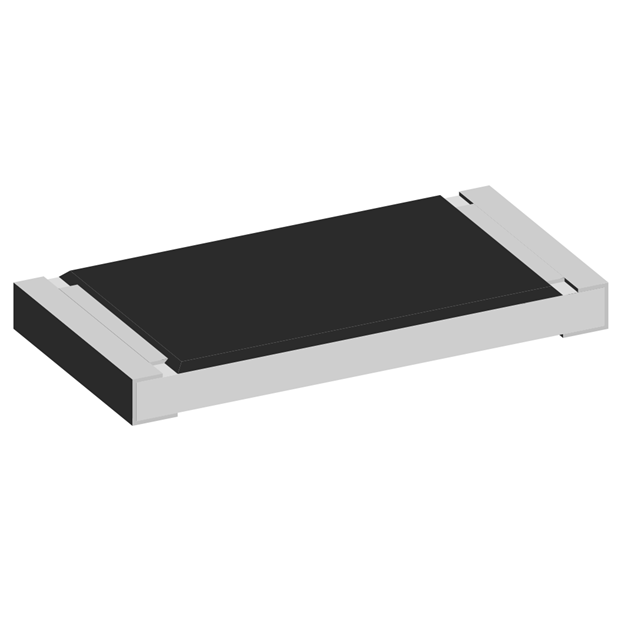
What is a 2010 Resistor?
The 2010 package is part of the "EIA-96" (Electronic Industries Alliance) standard for SMD components. The number 2010 refers to the size in imperial units, where:
20 refers to the length (in hundredths of an inch),
10 refers to the width (in hundredths of an inch).
So, 2010 is a 5.0 mm x 2.5 mm resistor.
2010 Resistor Value
Here is a wide range of resistance values, in standard E-series values such as E6, E12, and E24.
Resistance | ||||||
1.0 | 1.1 | 1.2 | 1.3 | 1.5 | 1.6 | 1.8 |
2.0 | 2.2 | 2.4 | 2.7 | 3.0 | 3.3 | 3.6 |
3.9 | 4.3 | 4.7 | 5.1 | 5.6 | 6.2 | 6.8 |
7.5 | 8.2 | 9.1 | 10 | 11 | 12 | 13 |
15 | 16 | 18 | 20 | 22 | 24 | 27 |
30 | 33 | 36 | 39 | 43 | 47 | 51 |
56 | 62 | 68 | 75 | 82 | 91 | 100 |
110 | 120 | 130 | 150 | 160 | 180 | 200 |
220 | 240 | 270 | 300 | 330 | 360 | 390 |
430 | 470 | 510 | 560 | 620 | 680 | 750 |
820 | 910 | 1.0 k | 1.1 k | 1.2 k | 1.3 k | 1.5 k |
1.6 k | 1.8 k | 2.0 k | 2.2 k | 2.4 k | 2.7 k | 3.0 k |
3.3 k | 3.6 k | 3.9 k | 4.3 k | 4.7 k | 5.1 k | 5.6 k |
6.2 k | 6.8 k | 7.5 k | 8.2 k | 9.1 k | 10 k | 11 k |
12 k | 13 k | 15 k | 16 k | 18 k | 20 k | 22 k |
24 k | 27 k | 30 k | 33 k | 36 k | 39 k | 43 k |
47 k | 51 k | 56 k | 62 k | 68 k | 75 k | 82 k |
91 k | 100 k | 110 k | 120 k | 130 k | 150 k | 160 k |
180 k | 200 k | 220 k | 240 k | 270 k | 300 k | 330 k |
360 k | 390 k | 430 k | 470 k | 510 k | 560 k | 620 k |
680 k | 750 k | 820 k | 910 k | 1.0 M | 1.1 M | 1.2 M |
1.3 M | 1.5 M | 1.6 M | 1.8 M | 2.0 M | 2.2 M | |
Packing
Depending on the manufacturer and the quantity required. The most common packaging methods include:
Tape and Reel: Suitable for automatic placement machines, use for mass production.
Bulk: For smaller quantities or in situations where precision handling is not critical.
Cut Tape: For smaller quantities, typically for prototype or small-scale production runs.
Tray: For larger component sizes but sometimes applicable to high-precision resistors.
Each packaging option ensures that the resistors safely transport and ready for assembly.
Tolerance
Indicate how much the actual resistance can vary from its stated value. The common tolerances include:
±0.01%,±0.02%,±0.05%,±0.10%,±0.25%,±0.50%,±1%,±2%,±5%,±10%,±20%
The tighter the tolerance, need the more precise the resistor's value. For applications that require highly accurate performance, choose resistors with a tolerance of ±1% or better.
2010 Resistor Power Rating
0.1W (1/10W) | 0.2W (1/5W) | 0.25W (1/4W) | 0.3W | 0.333W (1/3W) |
0.4W (2/5W) | 0.5W (1/2W) | 0.6W | 0.667W (2/3W) | 0.75W (3/4W) |
0.8W | 0.85W | 1W | 1.25W | 1.5W |
2W | 2.5W | 3W | 3.5W | 4W |
5W | 8W | 10W | 25W | 30W |
32W |
These power ratings ensure that the resistor can handle the electrical energy passing through it without overheating. Exceeding the power rating can cause the resistor to fail, either through damage to the component itself or by affecting the overall circuit.
Dimensions
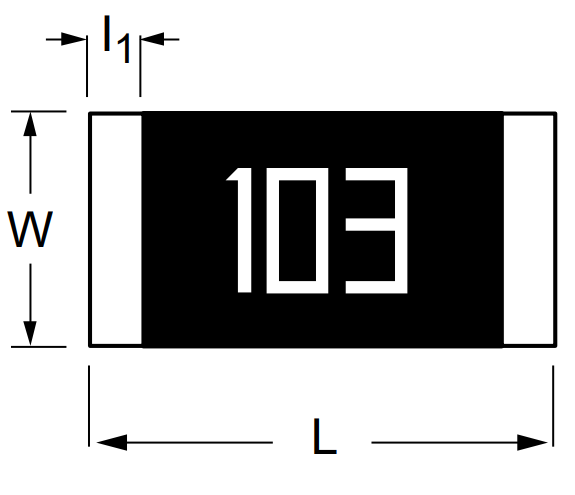
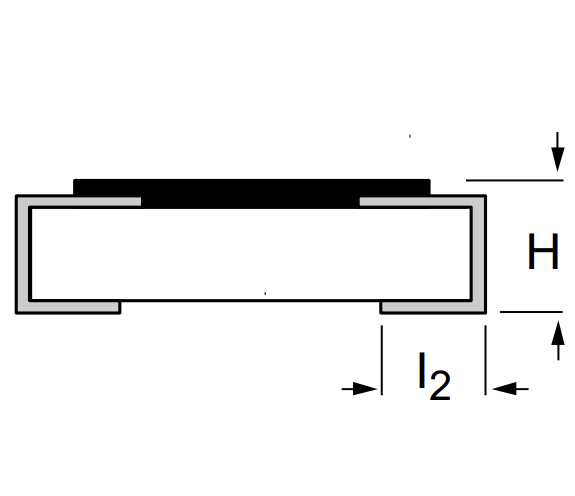
Size | L | W | H | I1 | I2 |
mm | 5.00 ± 0.10 | 2.50 ± 0.15 | 0.60 ± 0.10 | 0.55 ± 0.15 | 0.55 ± 0.20 |
Applications
Automotive: In automotive electronics, use for sensor circuits, lighting, and power management systems.
Industrial: Use in industrial control systems, monitoring equipment, and machinery.
Telecommunication: Include signal processors and transmitters.
Marking
Both E-24 and E-96 series: 4 digits, ±1% & ±0.5%
First three digits for significant figure and 4th digit for number of zeros
2010 Resistor Types
Carbon Film: Budget-friendly, good for general use, but less precise than metal film.
Metal Film: Offers higher precision and stability compared to carbon film resistors.
Thick Film: Common for high-power and low-cost applications.
Wirewound: Generally used for higher power ratings or precision requirements.
FAQs
1. What is 223 resistor code?
The 223 resistor code represents a value of 22,000 ohms with a tolerance of ±5%. The first two digits (22) represent the significant digits, and the third digit (3) indicates the number of zeros to follow. Therefore, a 223 code is equal to 22,000Ω or 22kΩ.
2. How do you know if a resistor is bad?
Common signs of a faulty resistor include:
No resistance or infinite resistance (indicating an open circuit).
Short circuit (low resistance, which can lead to circuit failure).
Discoloration or burn marks, which often indicate overheating.
To check a resistor, use a multimeter to measure its resistance and compare it with its nominal value.
3. What causes a blown resistor?
A resistor can be “blown” or damaged for several reasons:
Excessive power: Exceeding the resistor’s power rating causes it to overheat and fail.
Incorrect tolerance: Using a resistor with too wide a tolerance for a sensitive application can lead to circuit malfunction and heat buildup.
Short circuit: A short circuit in the surrounding components can send more current than the resistor can handle.
4. What is the value of a 1021 resistor?
Interpret as follows:
First three digits (102): These represent the significant figures, which are 102.
Fourth digit (1): This indicates the multiplier, which is 101, or 10 (i.e., add one zero).
So:
102 × 10¹ = 1020Ω or 1.02 kΩ.
Final Value:
The value of a 1021 resistor is 1.02 Kohm.
HOT NEWS
The 0402 Resistor: A Comprehensive Guide
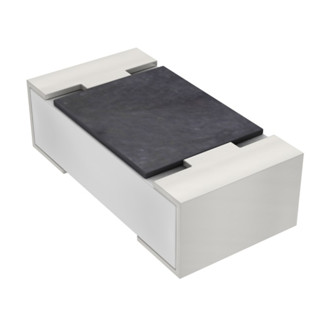
0402 Resistor
2025-05-06
Understanding A 0603 Resistor
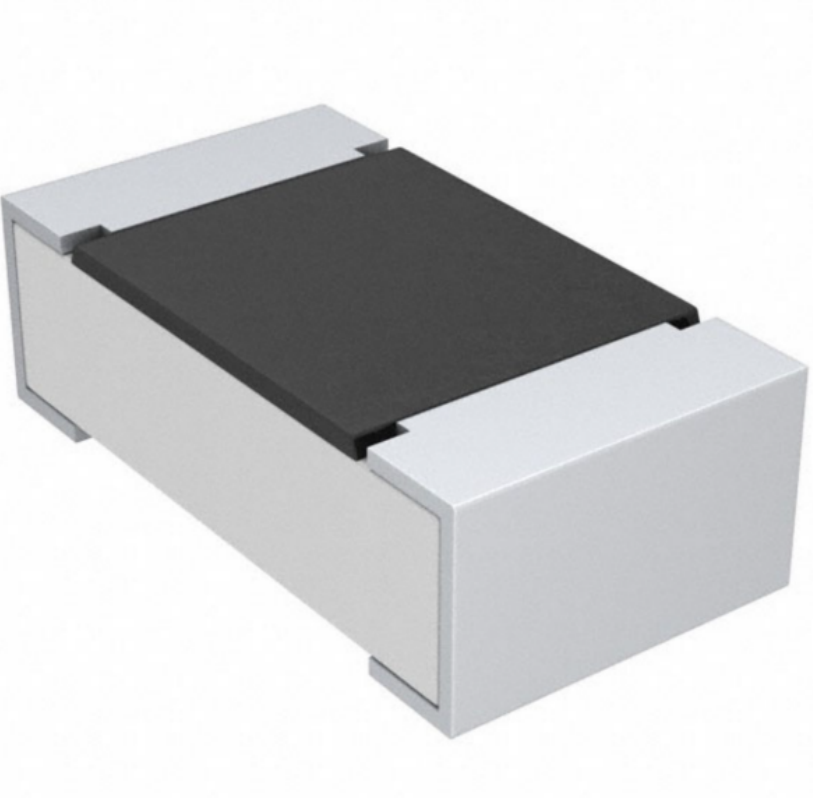
0603 resistor,dimensions,marking code, values
2025-05-29
What is 10k Ohm Resistor?

10k resistor 10k resistor color code
2025-05-14
Everything You Need To Know About ARE1309 Relay

2025-04-23
What Is A 1206 Resistor?
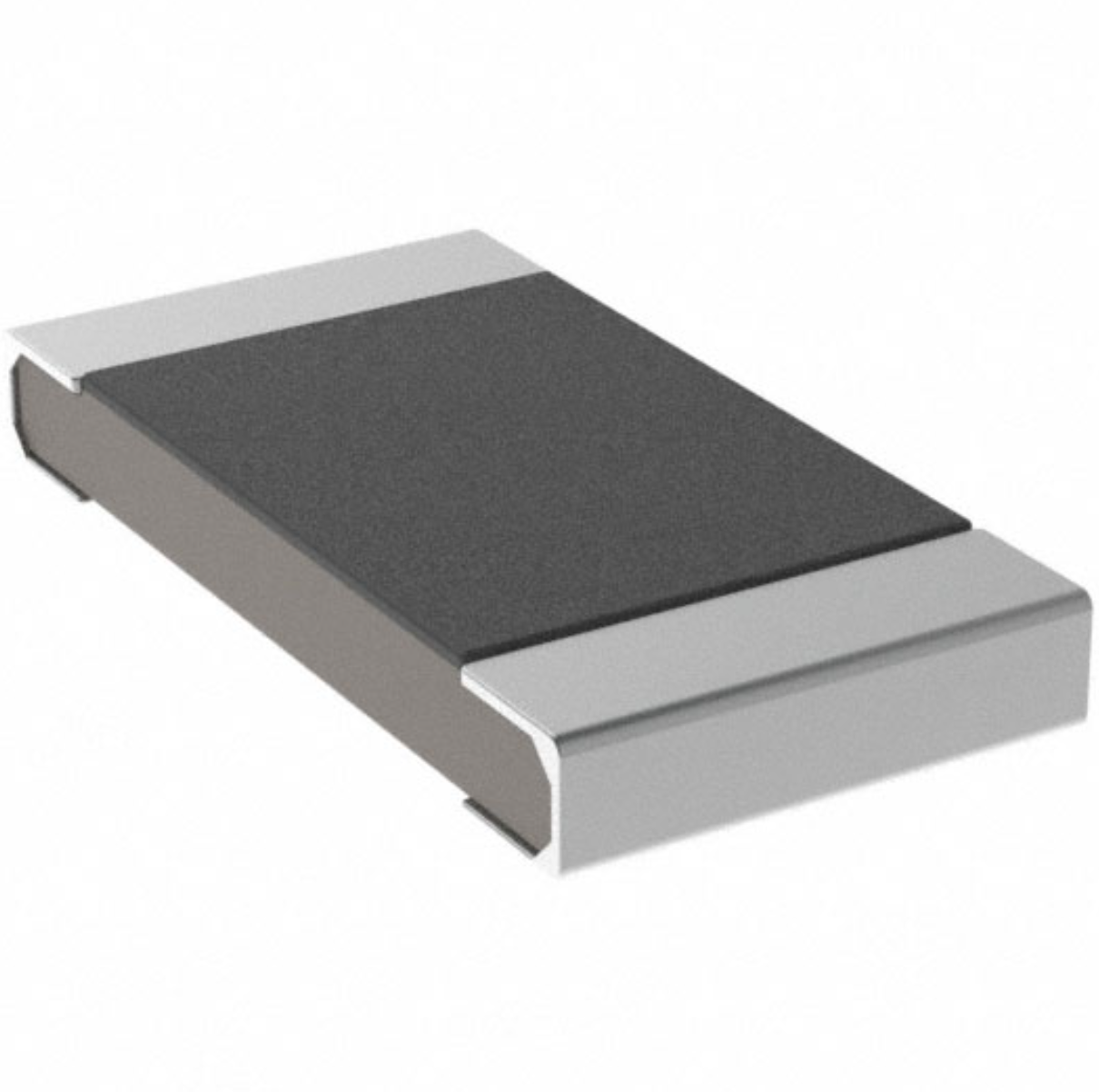
1206 resistor dimensions,footprint,value
2025-06-05
120 Ohm Resistor- Specifications, Applications, and Features
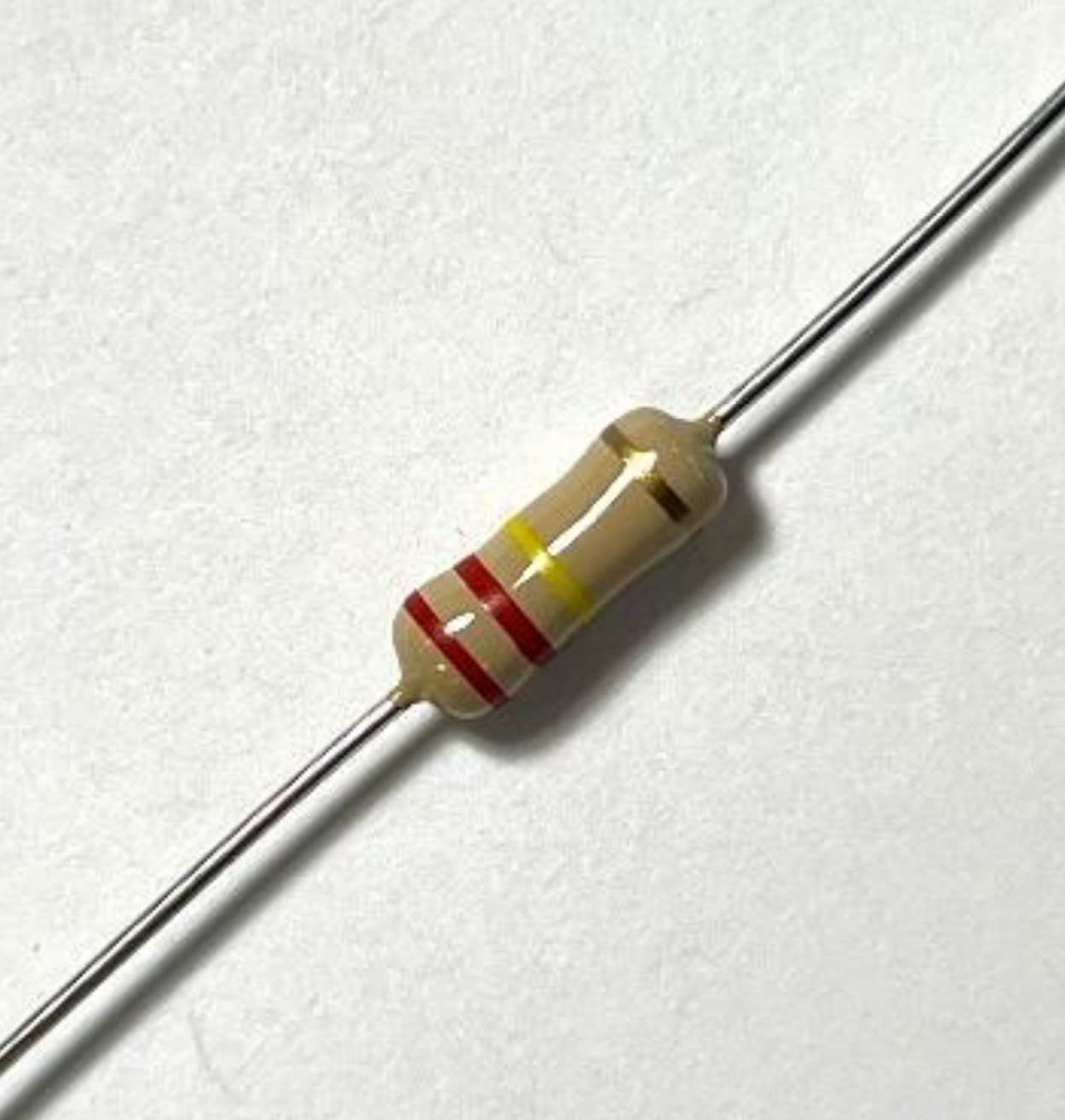
2025-05-12
What Is The 1K Ohm Resistor?
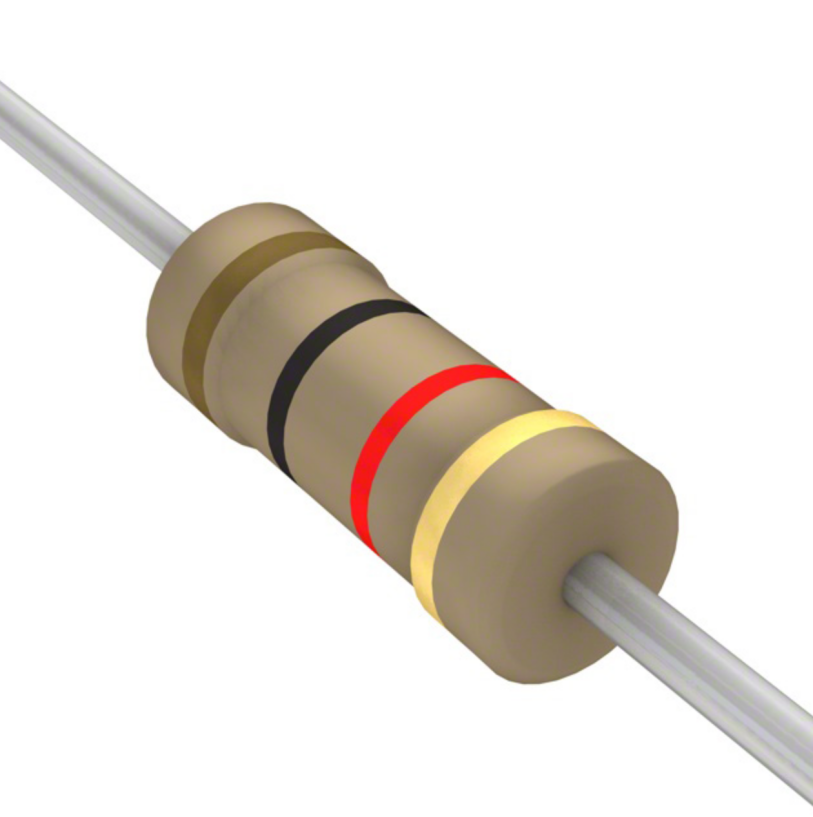
1k ohm resistor and color code
2025-05-21
What is 100 Ohm Resistor And Color Code?
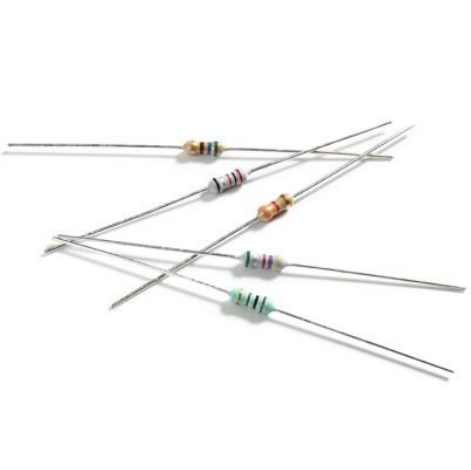
100 ohm resistor color code
2025-05-17
What Is The 0805 Resistor?
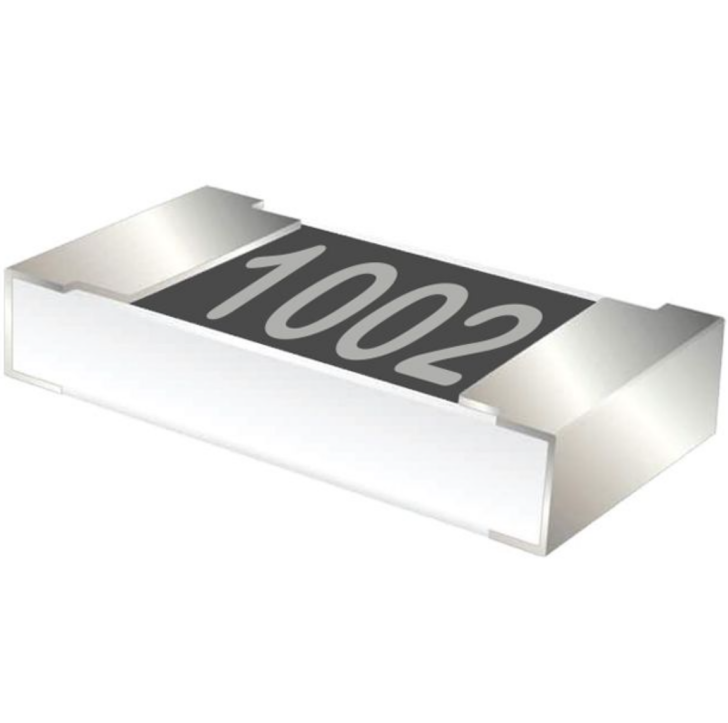
0805 Resistor, dimensions, value, tolerance, footprint
2025-05-31
What Is A 0201 Resistor?
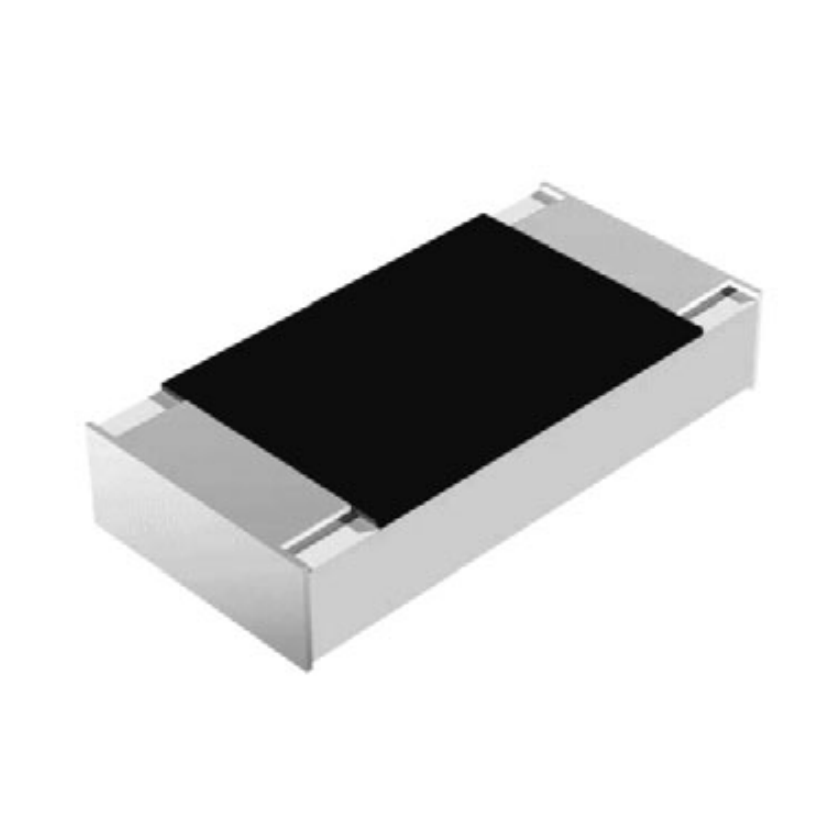
0201 Resistor dimensions, footprint,values
2025-05-24











 Product Catalog
Product Catalog





